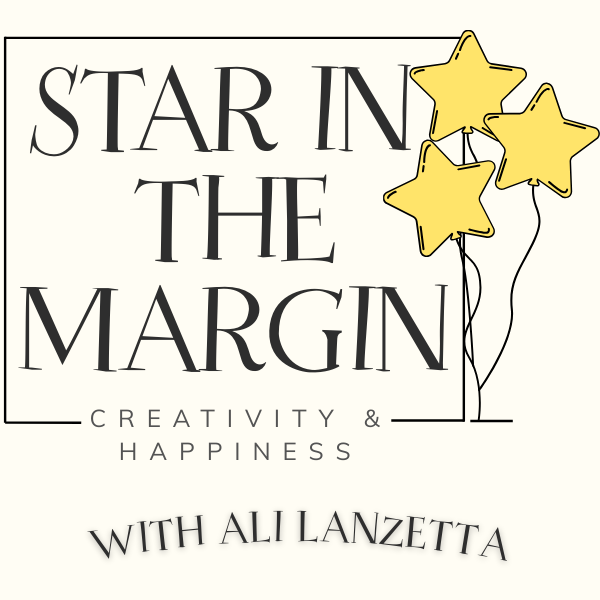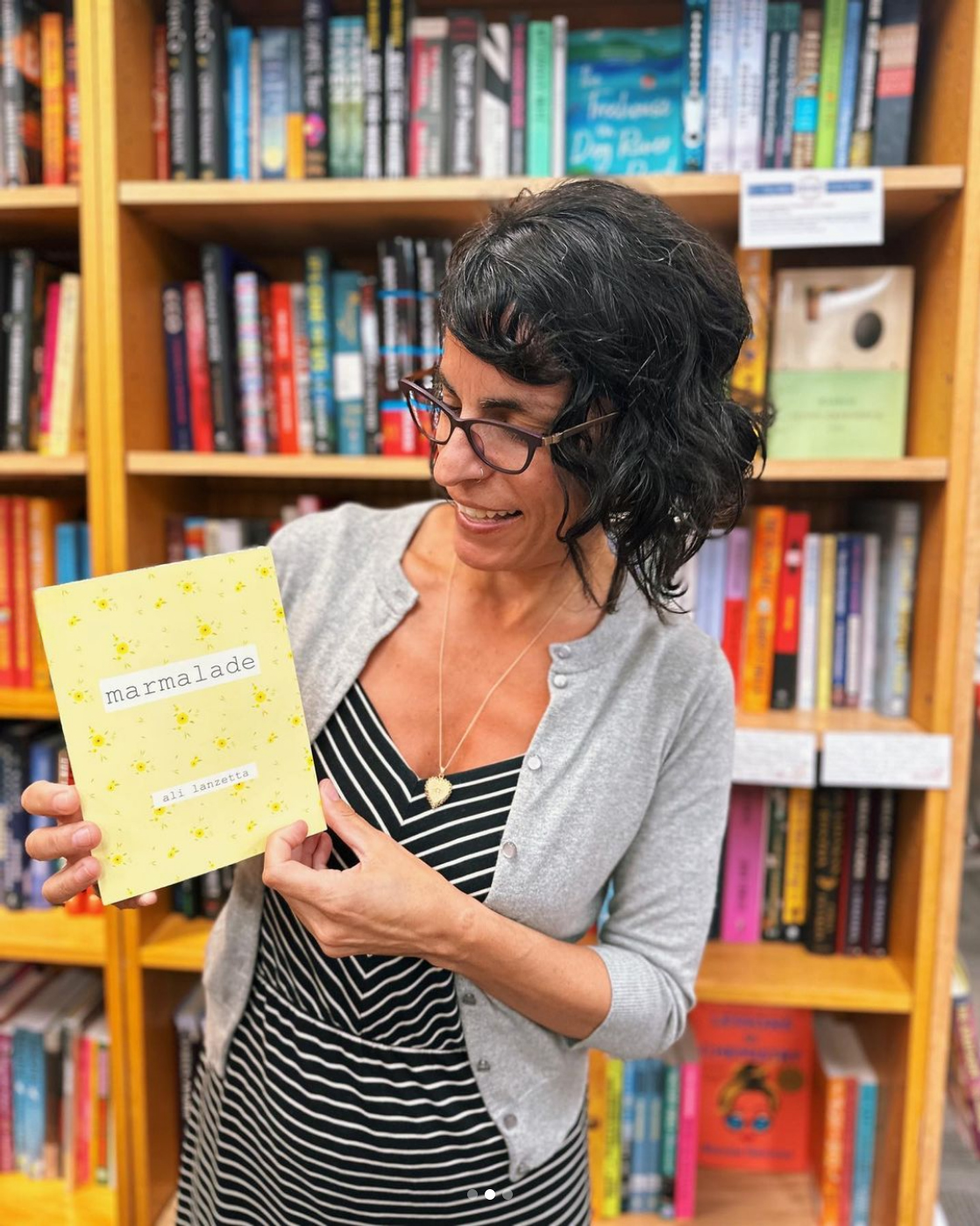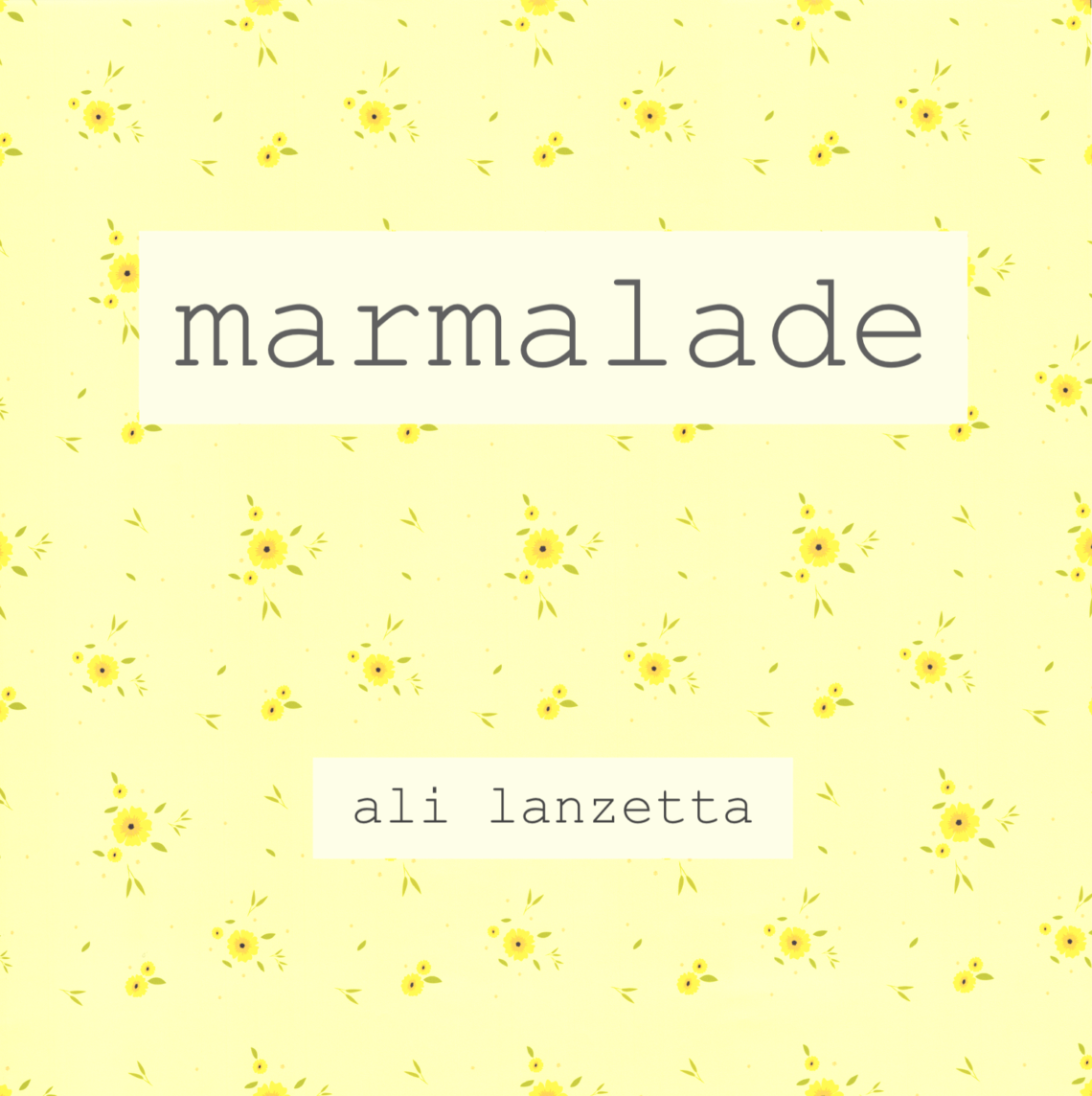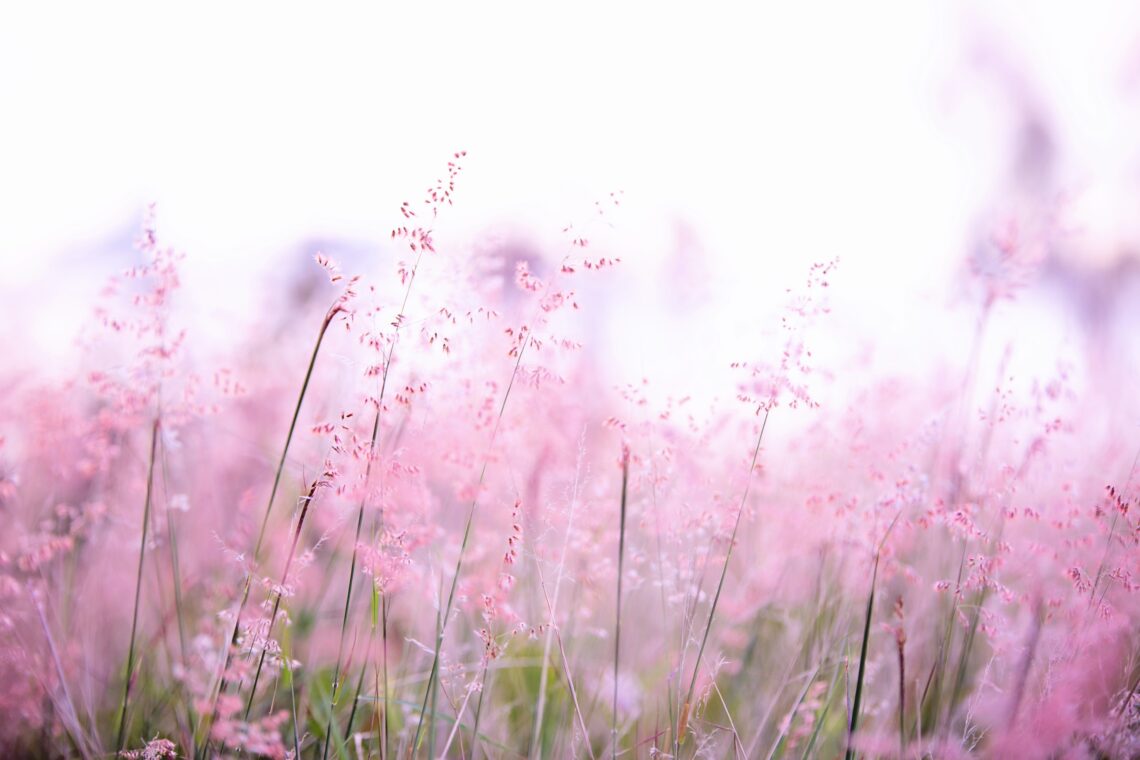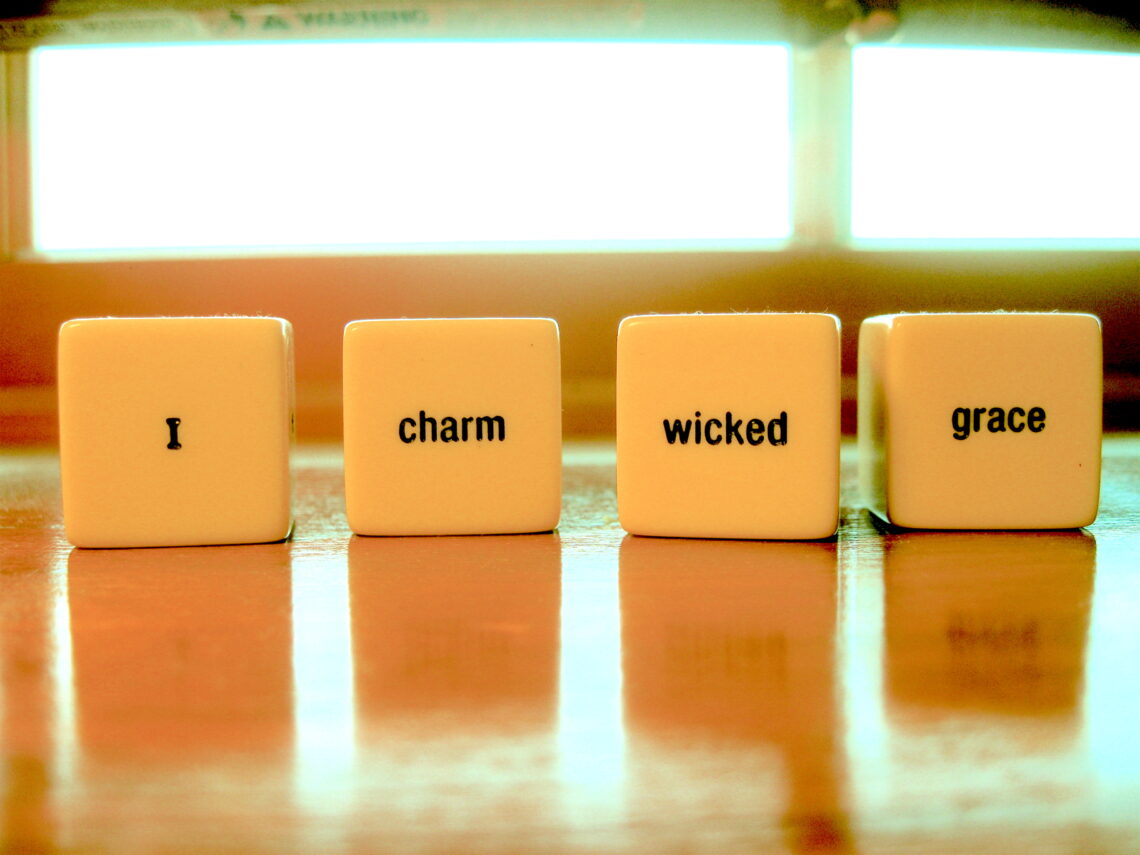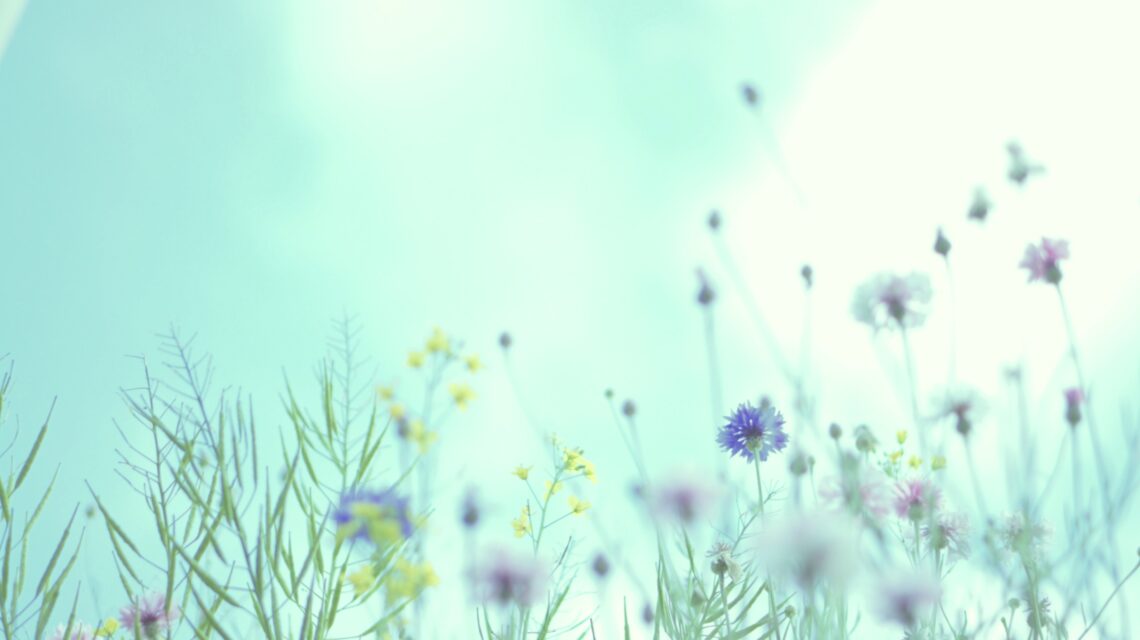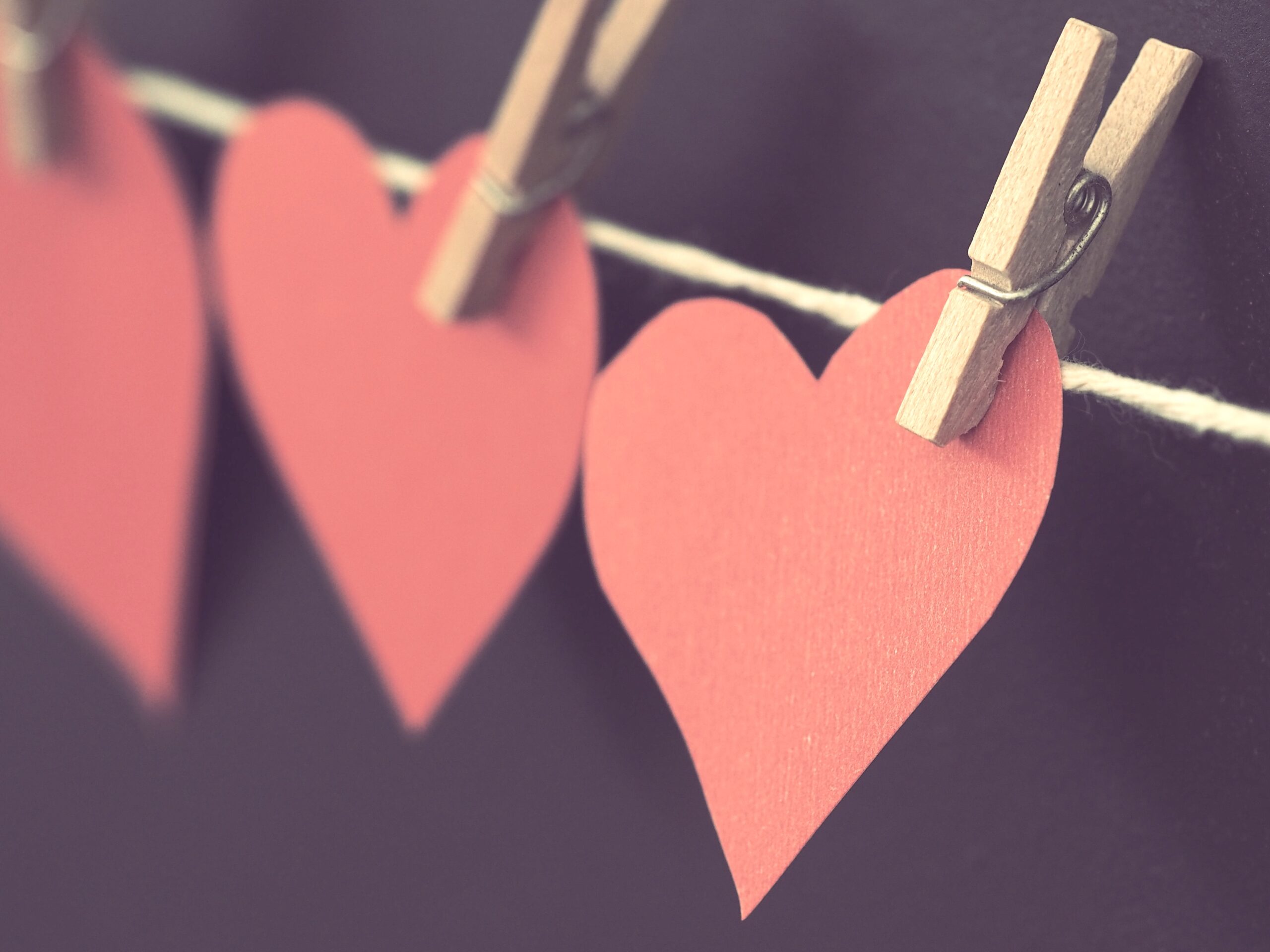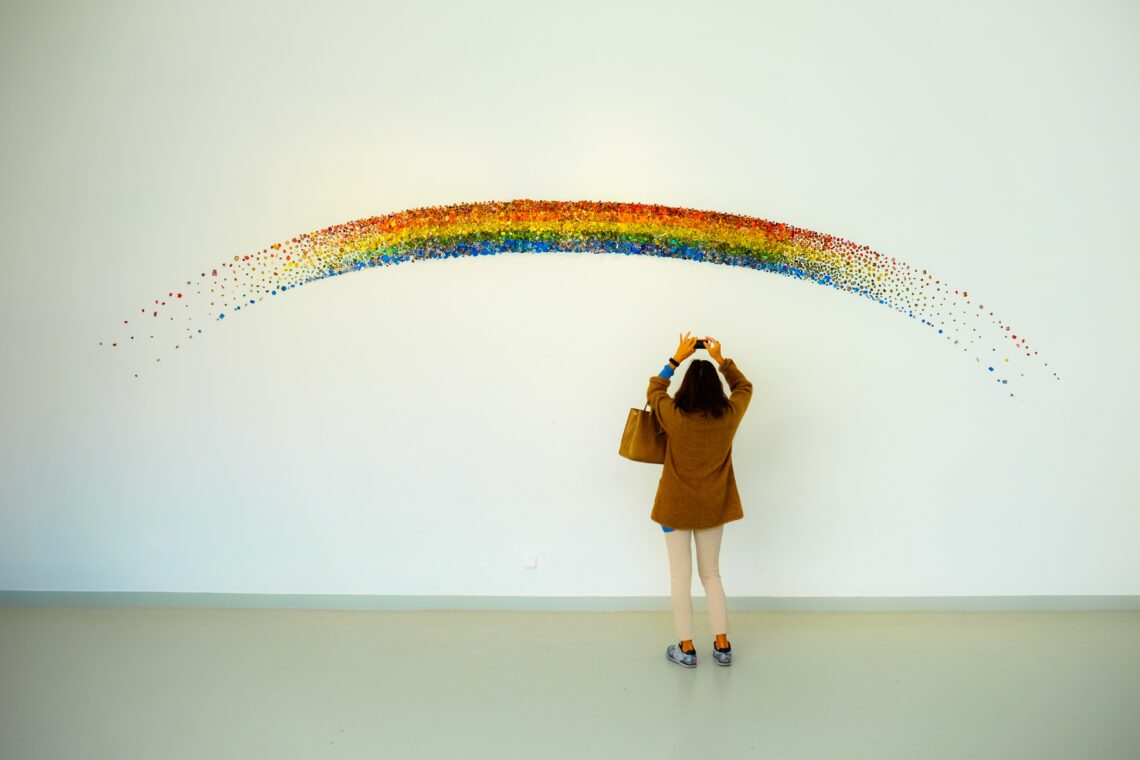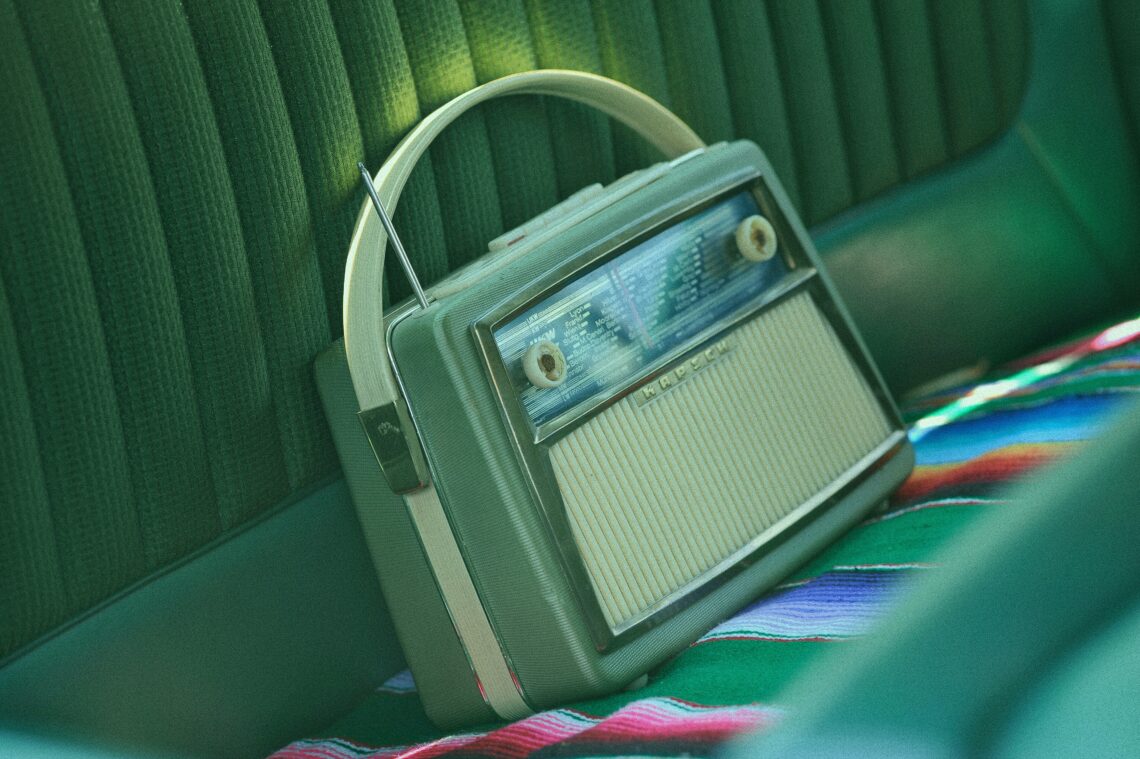-
Star in the Margin is on Substack!
The Star in the Margin broadcast has relocated to Substack! ✨💛✨
-
Book Launch Party and Celebration!
Clinkings and fizz, a trumpet fanfare, the heart thumps. . . Come celebrate 'marmalade' with us at the bookstore on August 8! All are welcome. Book party info and a surprise sneak-peek inside. ✨💛✨ xo
-
Believing it
Curating the museum of the imagination, blooming in a loop, a wish that tunnels out with a teaspoon. . . after so many years of mornings spent quietly writing in my pajamas, something extraordinary is happening. . .
-
Disappointment Box: What to do with your feelings
What can we do when we're overwhelmed by our emotions? Whatever it is, it's okay to feel it - but you don't have to lug it about with you. You're the only one who gets to choose what's in the box you carrry.
-
Flustered, frustrated, or feeling stuck? Make space.
Negativity isn't helpful--and it crowds our better angels out. Tidy up, jump around, go to bed, breathe. . . there are lots of different kinds of space we can make, and the more we make the merrier we’re likely to be as we go along.
-
The Thing with The Feathers: HOPE
What does it mean to live inside our hope instead of our fear? I’m going to go out on a limb here (surprise!) to suggest that just as worrying is a habit, HOPE can become a habit, too.
-
Resources: Relating & Relationships
Sugar and bunnies and books. . . Our relationships need all different kinds of support as we go along. Here are some extra resources to guide you.
-
Love Alive and the Little Bright Beads: Creative Work
Ideas are all around us. So how do we live our everyday lives with our creativity happily humming in the background, ready to catch them? Here are some strategies to keep the living, crystalline hearts of our creative relationships central, polished, and singing.
-
Talking toast, taking care, tiny wonderful things: RELATING
How you do anything is how you do everything. So maybe it’s no small thing, then, being polite to your breakfast! There are amazing things happening around and inside of us all the time, but we’re often monkeying around too much to notice them. Look up! Look around. Start right now.
-
The Bummers, the Muppets, And Changing the Tape: Self-Talk
Everyone has an inner critic. Some of us have a whole garage band full of them! It’s probably impossible to turn the inner critic off completely, but with practice, we can at least turn the volume down some and find our groove in peace.
